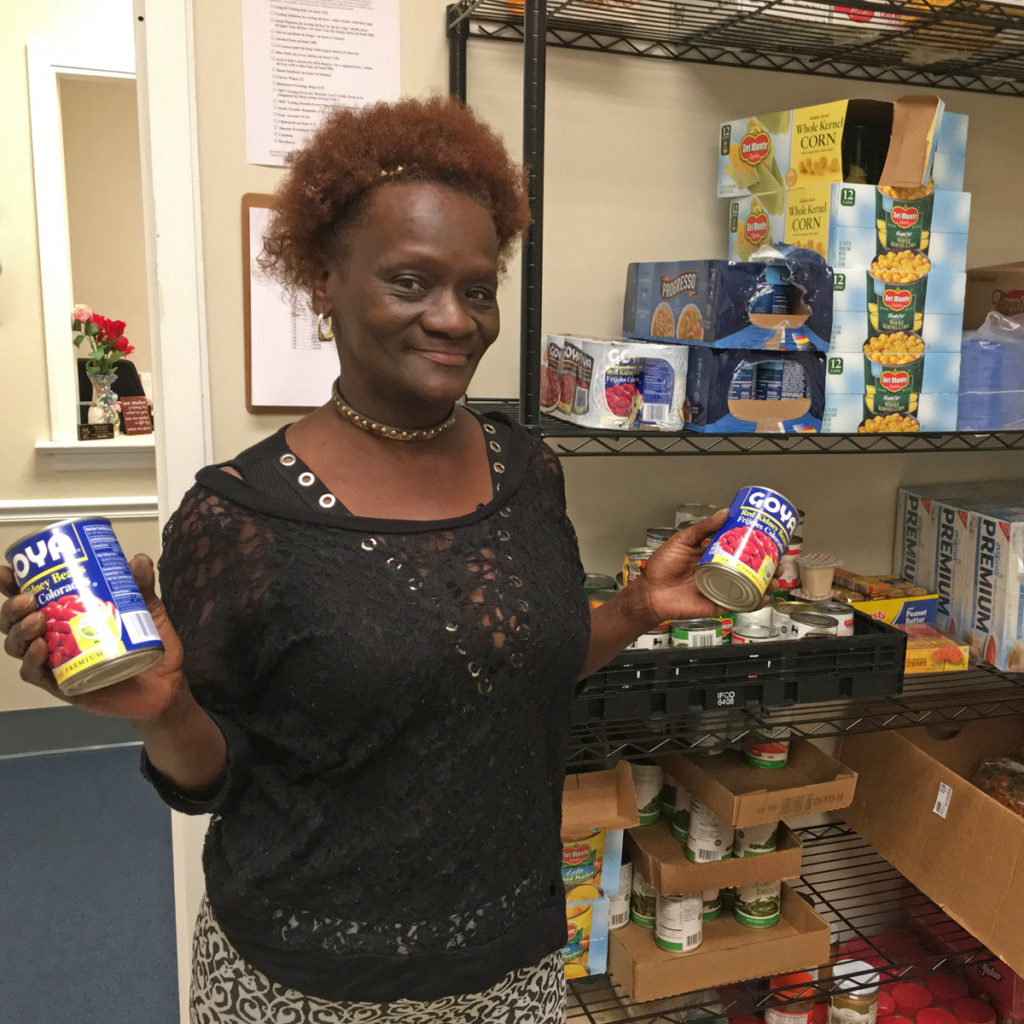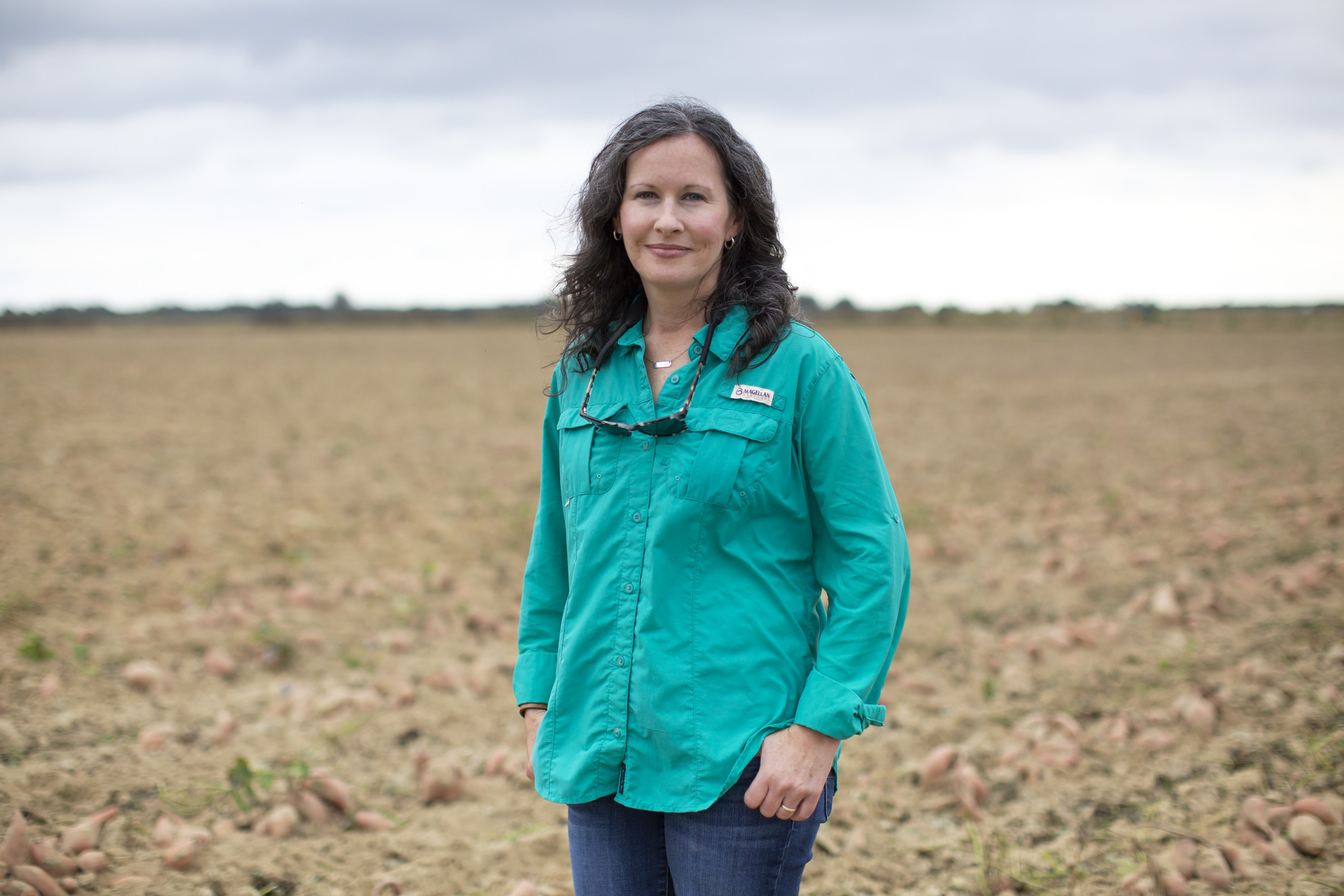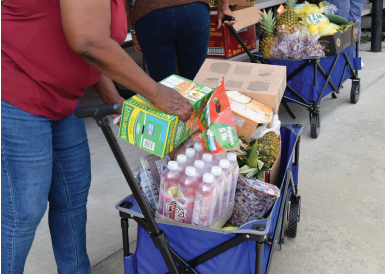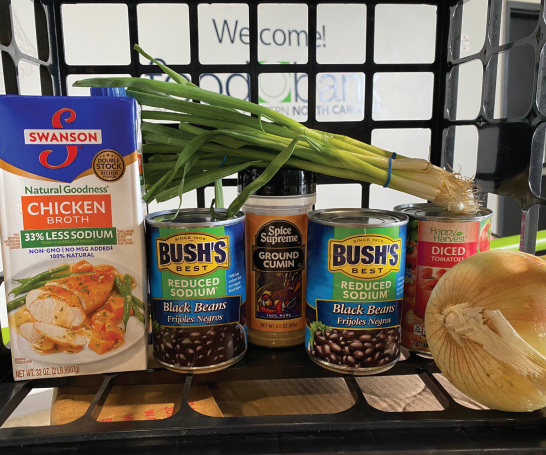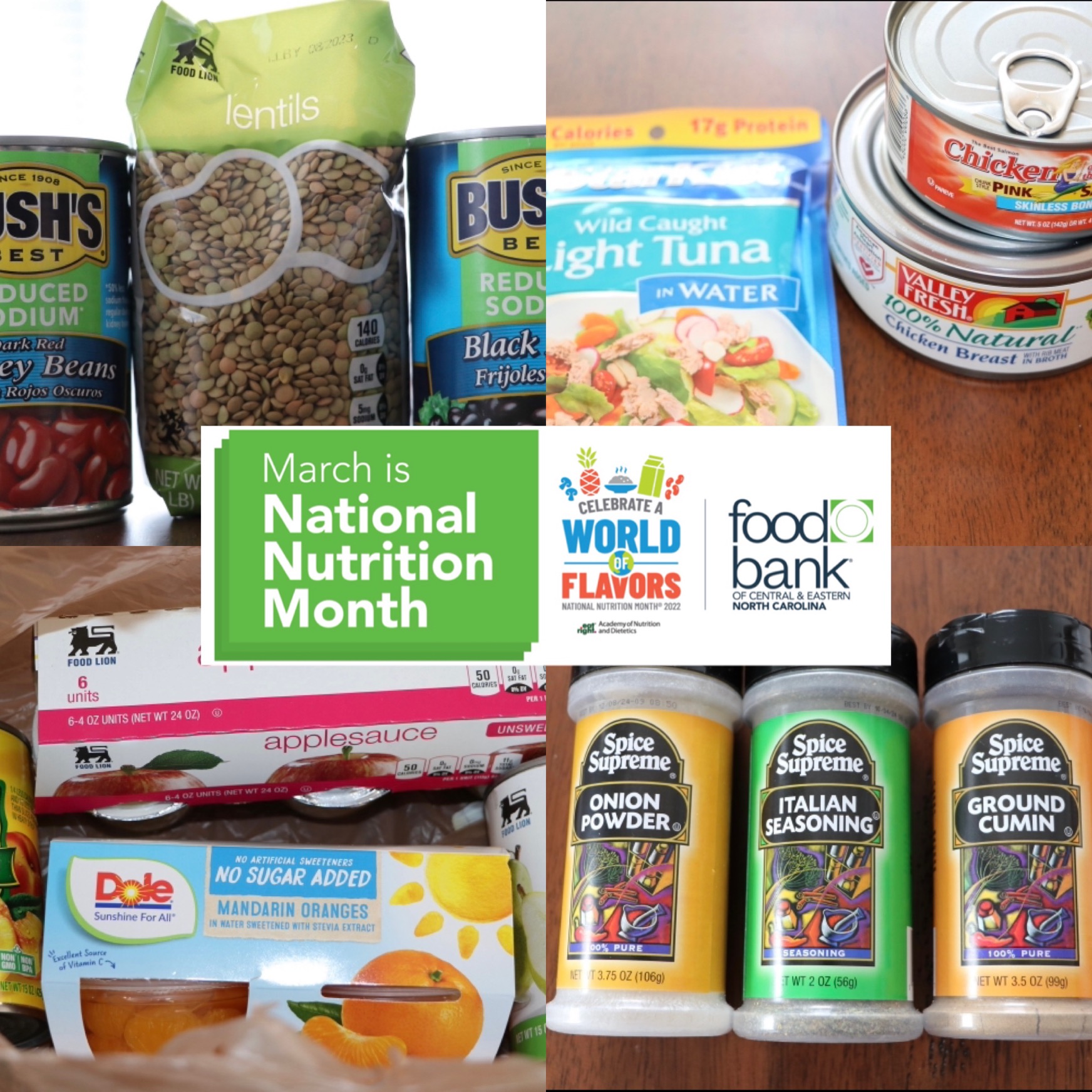A few years back, staff at the Warren-Vance Community Health Center (WVCHC) in Henderson began noticing a troubling trend at their HIV clinic. Patients who had been doing well, and achieved suppressed viral loads (a measurement of successful treatment), were suddenly taking a turn and experiencing viral load increases.
About 200 of WVCHC’s patients are at, or below, 200% of the federal poverty level. Asking patients food-security screening questions illuminated what was happening. “Since we have seen the cuts in food stamps and unemployment, we’ve seen an increase in patients with food scarcity,” said Tyler Parker, Medical Case Manager and Outreach Coordinator at WVCHC.
Not knowing where your next meal is coming from is extra problematic for people living with HIV. “Some of the medicine that HIV positive people take has to be taken with a meal. It can’t be a snack. It has to be something with a little fat in it for the medication to be absorbed. Otherwise it won’t do anything,” said Tyler.
In other words, not having food means not having effective medicine.
A new partnership
That’s where Food Bank of Central & Eastern North Carolina stepped in. These days, a small storage room houses pantry staples (canned fruits and vegetables, beans, crackers, soup, pasta, rice, peanut butter). In the back, there’s a fridge and freezer for perishables and frozen meats (fresh produce, ground turkey, chicken legs).
“There’s been time when I went without food for three or four days and I get very weak, because of the HIV and lack of food,” said Ronnie, a patient at WVCHC for 18 years. “I was getting $135 in food stamps, and was cut down to $70 for the month. In other words, this place has been helping me to survive. I appreciate it very much.”
“I get everything I need that I would go buy if I had the money,” said Tanyel, another patient. “I feel great. I’ve been HIV positive for 22 years, and my viral load is undetectable.”
“Partnering with the Food Bank and allowing our patients to have an extra source of food does three things,” explains Tyler. “It strengthens our relationship with our patients, it incentivizes them to come to their appointments, and it allows us to know they are getting the things they need in their daily life.”
It’s working
“We have data to document by viral loads and compliance that having the food is making a difference,” said Dr. Michelle Ogle, Director of Infectious Diseases at WVCHC.
About 125 patients access the pantry. When it began in December 2014, 74% of those patients had suppressed viral loads. That’s below the NC average, and the WVCHC’s overall average. In December 2016, 87% of food pantry patients had suppressed viral loads. That’s a 13% increase in two years!
“We’re seeing this great increase of people really doing well, who historically hadn’t,” said Tyler.
“Our patients know ‘Not only can I get care here, but I can get food.’ That consistent care of not missing appointments and taking medications means our patients are healthy, their viral loads are suppressed, and the likelihood of transmitting to other people is very low. That’s the community benefit,” said Dr. Ogle.
-Lindsay Humbert, Digital Media Specialist



